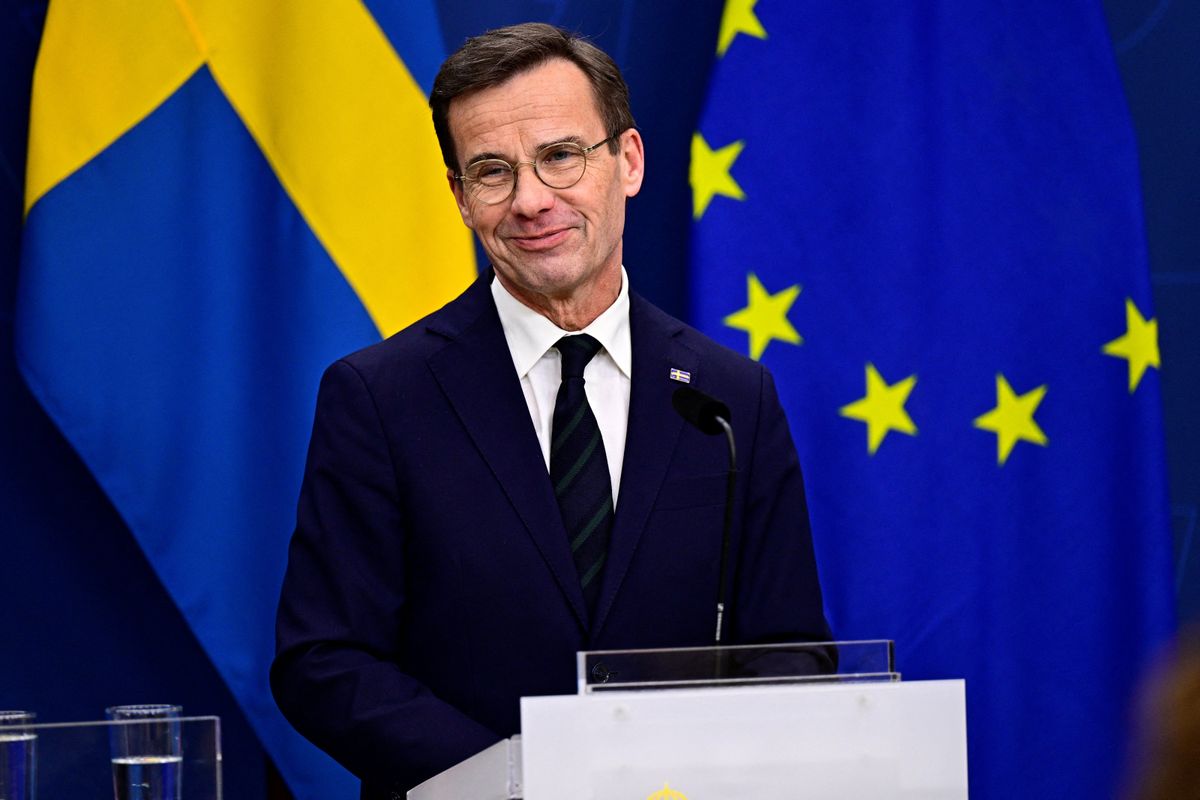Fresh out of Barnard College with a degree in political science, Riley is a writer and reporter for GZERO. When she isn’t writing about global politics, you can find her making GZERO’s crossword puzzles, conducting research on American politics, or persisting in her lifelong quest to learn French. Riley spends her time outside of work grilling, dancing, and wearing many hats (both literally and figuratively).
On Monday, after stalling for 19 months, Hungary voted in favor of Sweden joining NATO. The vote completes the alliance’s Nordic expansion in response to Russia’s invasion of Ukraine.
Why does Sweden want in? Sweden was caught with its pants down when Russia ended the European peace party.
After remaining heavily armed but neutral through the Cold War, its military has waned in recent years. Its army has shrunk by 90% in terms of manpower, and defense spending has dropped to barely 1% of GDP. Russia's invasion was a wake-up call that it needed NATO's protection.
In contrast, Finland maintained a strong military, in no small part because it shares a 1,300-kilometer-long border with Russia.
So what does NATO want with Sweden? An underfunded military full of peaceniks?
Not exactly. Despite military budget cuts, decades of armed neutrality left Sweden with a robust and advanced arms industry, most of which is fully compatible with NATO standards. It is one of the world’s largest arms exporters and builds advanced jets, tanks, warships, and more – all of which European allies need after draining reserves to support Ukraine.
NATO now dominates the Baltic Sea. All of the surrounding countries besides Russia are now NATO members, insulating Baltic allies like Estonia, Latvia, and Lithuania, which worry they could be the next targets of Russian aggression.






